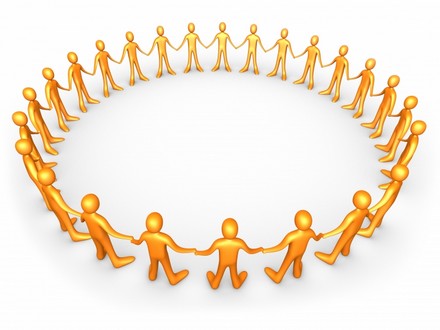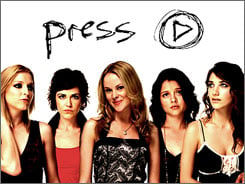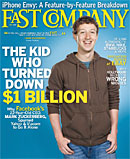
How do you track the popularity of web pages? It used to be that every page that was loaded into the system would be counted as a "view." From here, the sites with the most "views" would be counted as the most popular. However, with new technology like Ajax (think Google Maps, where you are not reloading the page) and streaming video, the page view is no longer accurate. Nielsen/NetRatings one of the bigger ratings agencies online is changing its metric from the page view to time spent on the site (via PaidContent). Right off the bat, we know that Google known for redirecting other people to the sites that they want will drop in ranking. Yahoo with its Ajax filled pages will rise and MySpace will most likely fall as well (poor HTML design forces users to visit new pages). Video sharing sites where users are spending a whopping amount of time will likely increase and crack the top 10.
What does this new measurement mean for marketers? Well, sites are able to use these new metrics to increase their CPM. However, I think we will all know which tactics work best given our demographic. The new measures also don't take into account widgets, which I think given Facebook's API opening will be essential for marketers to know (although technically we could go by number of subscriptions). So once again measurement is all over the place.
Google is going to continue to drop in terms of time spent at least with their flagship search product but I still think that contextual search and SEM are the best ways to bring folks into your online store and convert them (since they are looking for you anyway). We all know the addictiveness of social networks and email but if you leave your email open all day (as Mashable suggested) are you really engaged with the banners on there as well? Does Yahoo or Gmail have the right to charge more for these pages? Similarly we also know that sites like YouTube will rank higher but is anyone watching the ads?
I don't think the new metrics are going to tell us anything that we don't know already. It may give media companies a way to charge us a higher CPM, but I think that we know (hopefully) the ways that our target demographics use the Internet. Whether its through banners, Facebook widgets, etc, I think the best way to measure is by ROI ....





























